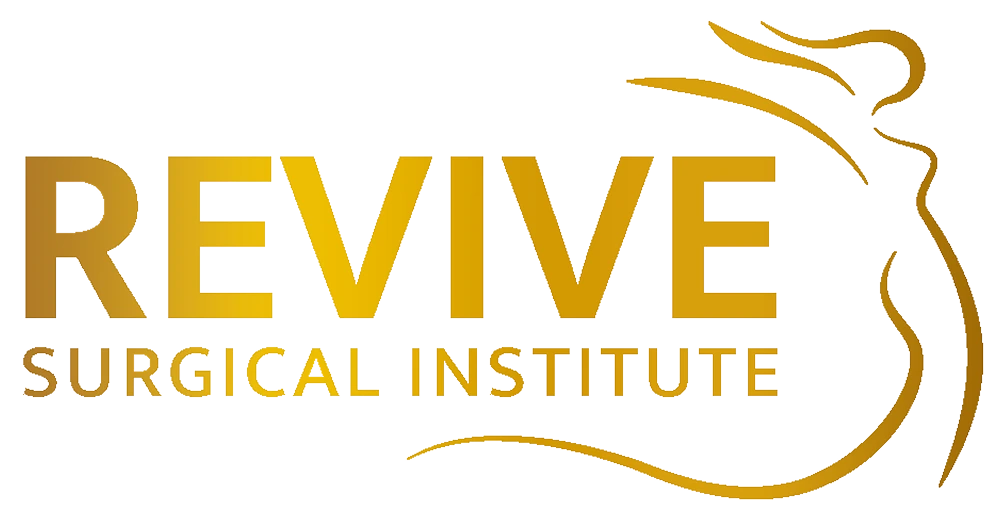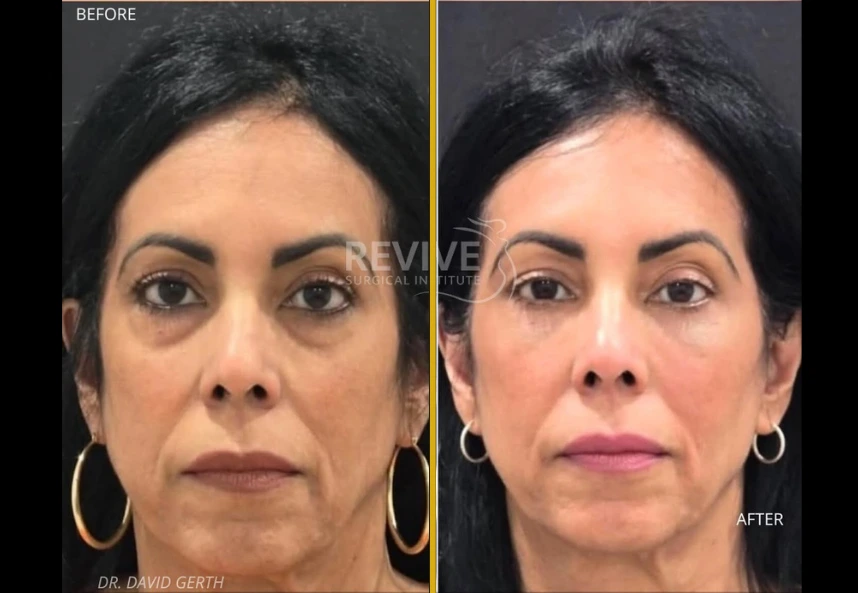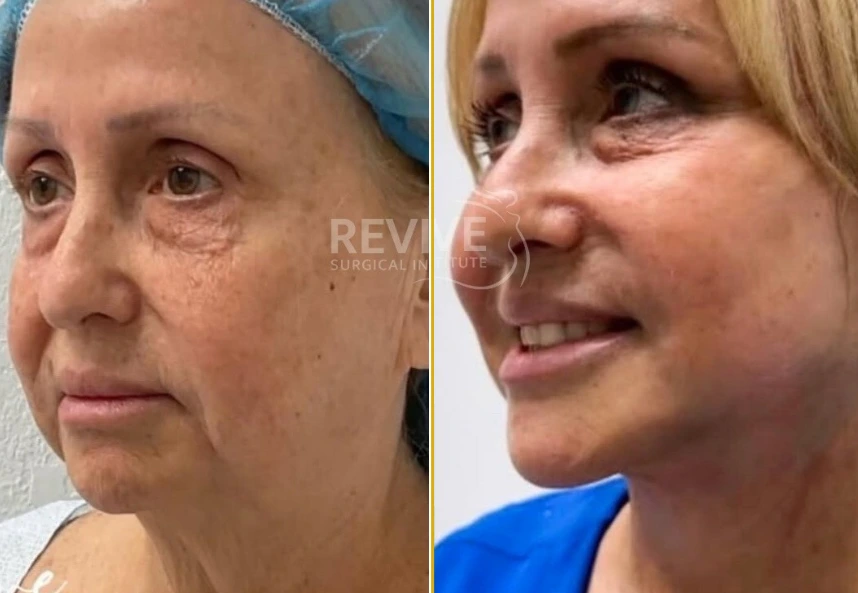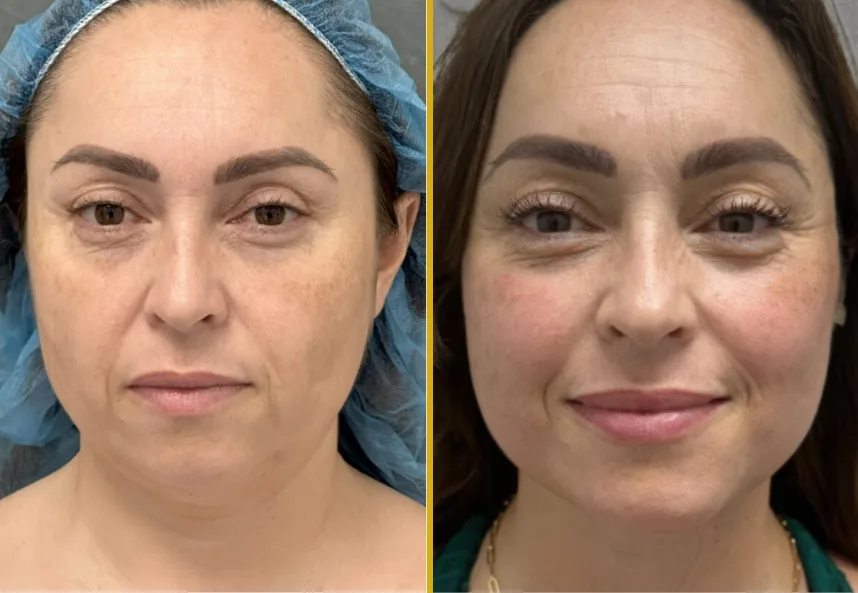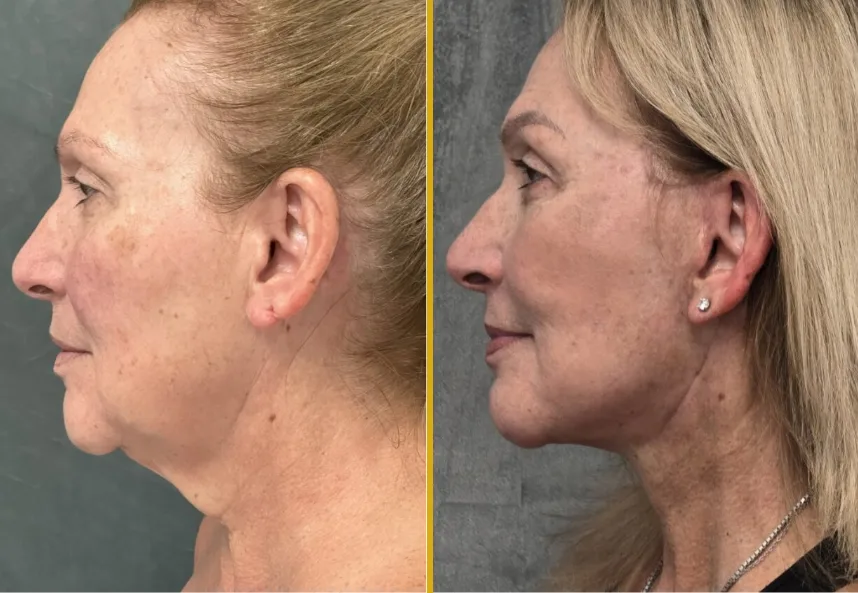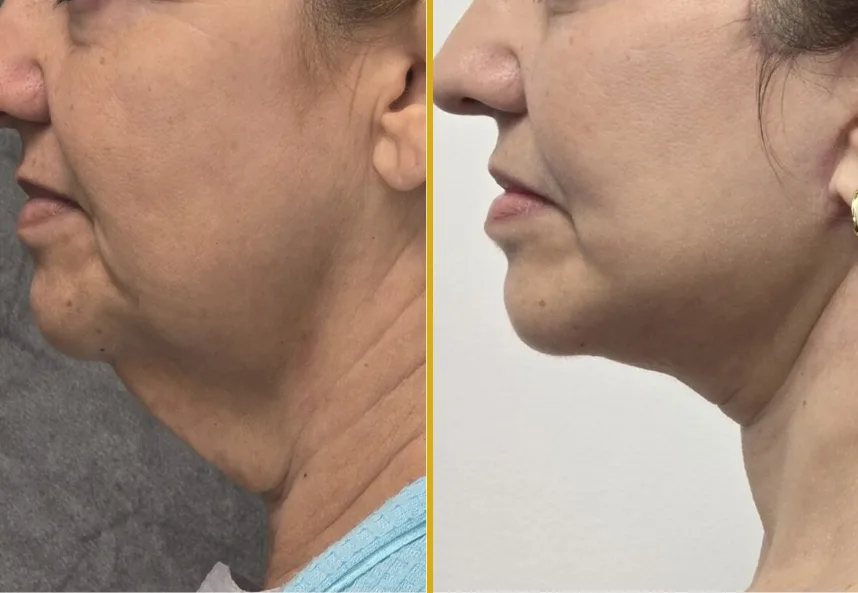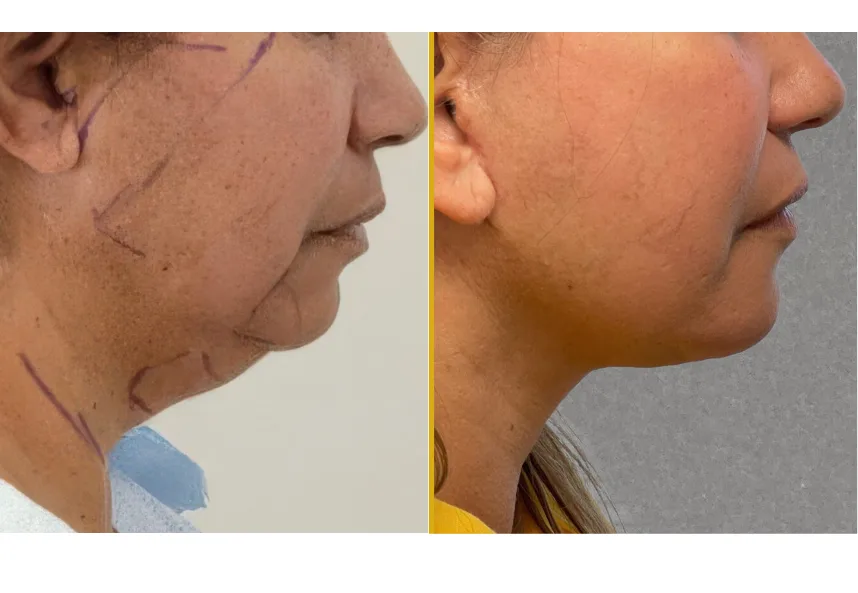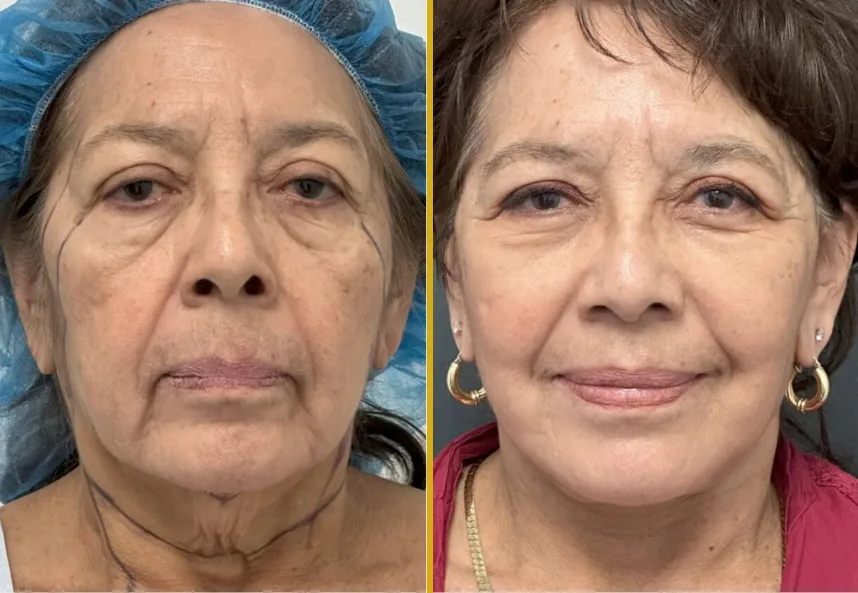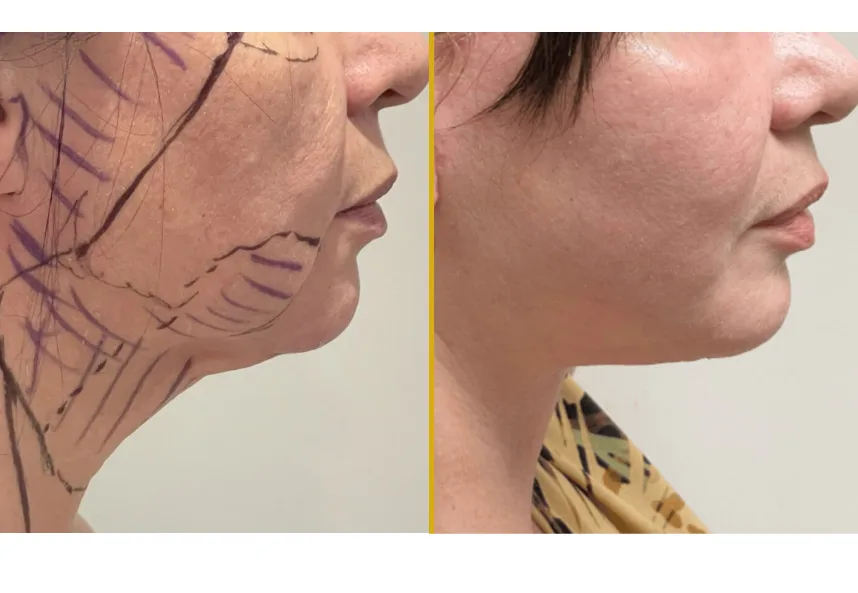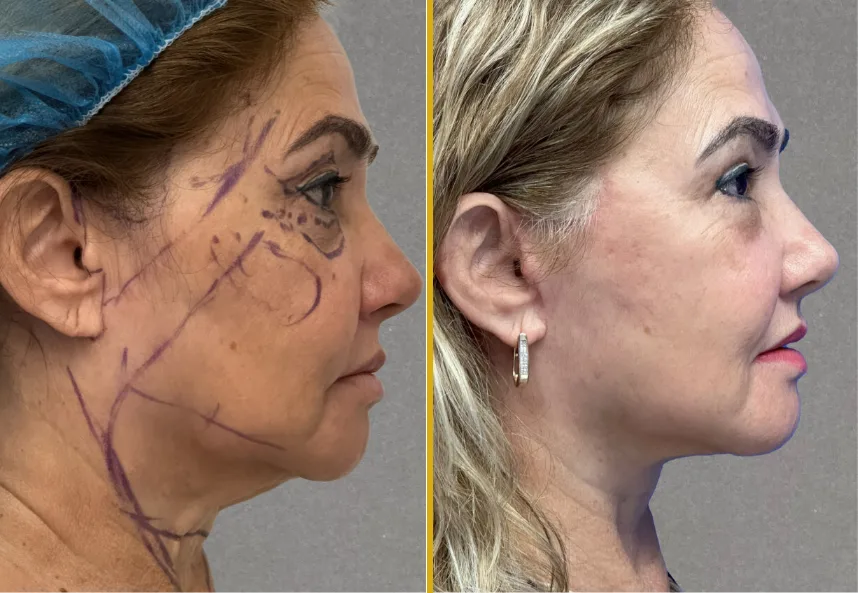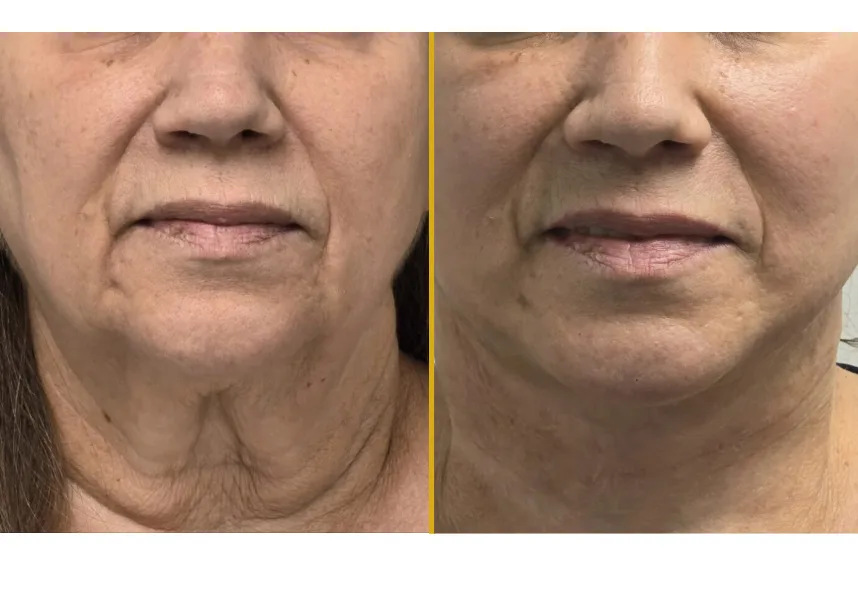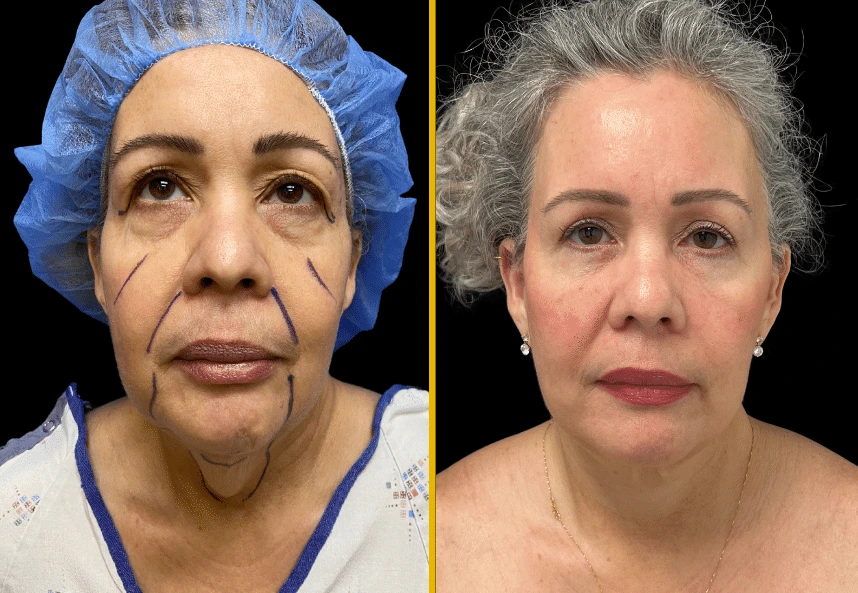Do Tummy Tuck Alternatives Actually Work?
Many people want a flatter stomach, but hesitate to undergo a full tummy tuck. The question is whether non-surgical tummy tuck alternatives can truly deliver comparable results.
Based on our experience, these alternatives can help reduce fat and tighten skin to a certain extent, but they cannot replicate the dramatic and lasting transformation achieved through surgery. They’re best suited for individuals with mild to moderate concerns, rather than those with significant sagging or loose skin following pregnancy or major weight loss.

Understanding What a for
Tummy Tuck Does
A tummy tuck, also known as abdominoplasty, is a form of plastic surgery that removes excess skin and fat while tightening weakened abdominal muscles. The procedure is often performed after pregnancy, massive weight loss, or aging, which can stretch the skin and separate abdominal muscles. The result is a smoother, firmer abdomen and a more defined waistline.
However, because this is a cosmetic surgery requiring anesthesia, incisions, and downtime, not everyone is ready or eligible for it. That’s where non-surgical procedures and less invasive treatments come in, offering gradual fat reduction and skin tightening without the recovery time or scarring associated with traditional surgery.
The Role of Non-Surgical
Procedures in Fat Reduction
Over the past decade, a growing number of technologies have been developed to target stubborn belly fat without the need for surgery. These treatments typically rely on heat, cold, ultrasound, or radiofrequency energy to destroy fat cells under the skin, allowing the body to eliminate them naturally over time.
Popular examples include CoolSculpting, which uses controlled cooling to freeze fat cells, and SculpSure, which uses laser energy to heat and break them down. These non-surgical alternatives to tummy tuck surgery are effective for localized fat removal but cannot address stretched skin or muscle separation.
If your main goal is fat reduction rather than tightening loose skin, these procedures can offer noticeable improvements with minimal discomfort and virtually no downtime. However, the results are subtler than those achieved with surgical contouring, and multiple sessions are often needed.
How Skin Tightening vs. Treatments Compare
For patients whose primary concern is mild to moderate skin laxity, rather than excess fat, skin tightening treatments can help achieve a firmer and smoother appearance. These treatments typically use radiofrequency or ultrasound energy to heat deeper layers of the skin, stimulating collagen production. Over time, the skin becomes tighter and more elastic.
Thermage, Ultherapy, and RF microneedling are well-known examples. They can subtly lift and tighten the abdomen, especially in younger patients or those with mild skin looseness. Still, these treatments cannot remove extra skin or dramatically reshape the abdomen like a full tummy tuck would.
What Is a Mini Tummy Tuck?
For those who want more improvement than non-surgical treatments can provide but are not ready for a full surgical procedure, a mini tummy tuck can be an appealing middle ground. This operation focuses on the area below the navel, targeting small amounts of loose skin and fat without tightening the entire abdominal wall.
Compared to a full tummy tuck, the incisions are smaller, recovery is quicker, and the procedure is less invasive. However, it still involves cosmetic surgery, anesthesia, and some downtime. A mini tummy tuck is ideal for individuals who are close to their goal weight but have a small lower belly pouch that doesn’t respond to diet and exercise.
The Limitations of Non-Surgical Tummy Tuck Treatments
The term “non-surgical tummy tuck” is used for marketing purposes because no non-invasive procedure can replicate the comprehensive results of a traditional tummy tuck. The reason lies in what each approach can accomplish. Surgery physically removes skin and fat and tightens muscles, while non-surgical treatments only affect the fat layer or the skin’s surface.
Patients with significant loose skin, stretch marks, or separated abdominal muscles (diastasis recti) will not achieve satisfying results with non-surgical approaches alone. These issues require physical tightening and fat removal, which can only be provided by surgery.
Non-surgical procedures also deliver gradual improvements that become visible over weeks or months. Maintenance sessions may be necessary to maintain results, which can increase the overall cost. In contrast, surgical results are immediate and long-lasting, although they require more downtime and a longer healing process.
Comparing Full Tummy Tuck Results to Non-Surgical Alternatives
A full tummy tuck provides comprehensive correction of the abdomen by addressing excess skin, fat, and muscle laxity. The surgeon can contour the waist, reposition the belly button, and tighten the abdominal wall. For people who have gone through pregnancy or significant weight loss, this can be life-changing.
By comparison, non-surgical alternatives such as CoolSculpting, laser fat reduction, or skin tightening treatments offer limited improvements. They can make a difference for those who only need mild contouring, but they cannot repair stretched muscles or remove sagging skin.
Think of it as the difference between wearing a fitted outfit and tailoring the garment to your exact shape. Non-surgical methods smooth and tone, while surgical methods reshape and tighten from within.
Schedule Your Cosmetic Surgery Today!
Our team at Revive Surgical Institute makes it simple to take the next step toward a smoother, more confident you. Whether you’re considering traditional tummy tuck surgery to tighten your abdomen or want to eliminate fat cells with a modern contouring approach, our experienced team will guide you through every option.
Schedule your consultation today and start your journey toward lasting results with Revive Surgical Institute!
Choosing Between Surgical and Non-Surgical Approaches
The right choice depends on your goals, the amount of excess skin and fat, and your comfort level with downtime. If you have good skin elasticity and just want to refine your waistline, non-surgical procedures can be a convenient solution. However, if you’ve had children or lost a lot of weight and now struggle with hanging skin or muscle separation, only surgery can fully restore your abdominal contour.
A consultation with a board-certified plastic surgeon is essential to determine what will give you the most satisfying outcome. They can assess your anatomy, discuss realistic expectations, and recommend either a non-surgical tummy tuck alternative, a mini tummy tuck, or a full procedure.
Choosing Between Surgical and Non-Surgical Approaches
The right choice depends on your goals, the amount of excess skin and fat, and your comfort level with downtime. If you have good skin elasticity and just want to refine your waistline, non-surgical procedures can be a convenient solution. However, if you’ve had children or lost a lot of weight and now struggle with hanging skin or muscle separation, only surgery can fully restore your abdominal contour.
A consultation with a board-certified plastic surgeon is essential to determine what will give you the most satisfying outcome. They can assess your anatomy, discuss realistic expectations, and recommend either a non-surgical tummy tuck alternative, a mini tummy tuck, or a full procedure.
Combining Non-Surgical Treatments for Better Results
Some patients benefit from combining multiple non-surgical procedures to enhance results. For example, pairing a fat reduction treatment like CoolSculpting with a skin tightening treatment such as radiofrequency therapy can target both excess fat and mild laxity simultaneously.
Although this combination still won’t match surgical outcomes, it can provide a noticeable boost in firmness and contour. This approach suits individuals who prefer a gradual transformation without recovery downtime or scars. It can also be a helpful maintenance option for those who have already undergone a tummy tuck but want to maintain a toned abdomen.
Realistic Expectations Are Key
Regardless of which path you choose, realistic expectations are crucial. Non-surgical fat reduction and skin tightening can deliver visible improvements, but they cannot replace the dramatic change that a full tummy tuck or mini tummy tuck can achieve. Similarly, surgery requires a greater commitment and longer recovery time, but rewards patients with transformative, long-term results.
Understanding what each option can and cannot do helps you make an informed decision. Non-surgical alternatives are ideal for mild concerns and convenience, while plastic surgery remains the gold standard for major abdominal correction.
Final Thoughts: Which Plastic Surgery Is Better for Stubborn Belly Fat Removal
Choosing between surgery and tummy tuck alternative procedures depends on your body goals and comfort level with recovery. For individuals with minimal fat in the lower abdomen, non-surgical treatments that utilize cooling or induce powerful muscle contractions can help tighten and tone the area without downtime. These options are excellent for refining contours and reducing unwanted fat.
However, when stubborn fat deposits or loose skin are present, surgical correction may still be necessary. Skilled plastic surgeons can perform operations that strategically place tummy tuck scars along the bikini line, keeping them discreet while achieving dramatic improvements. Ultimately, the right approach should match your unique anatomy and desired outcome for a firmer, more balanced silhouette.
